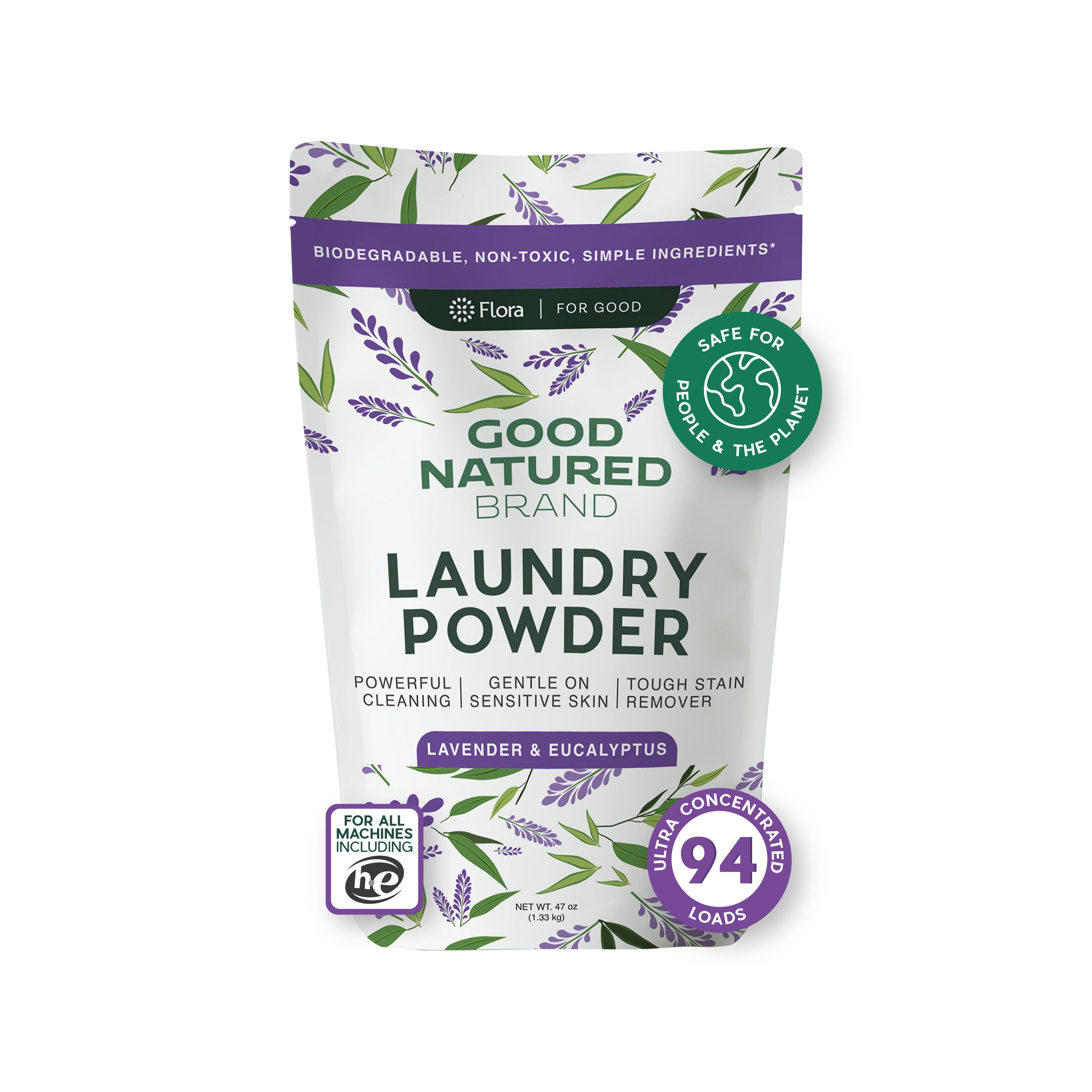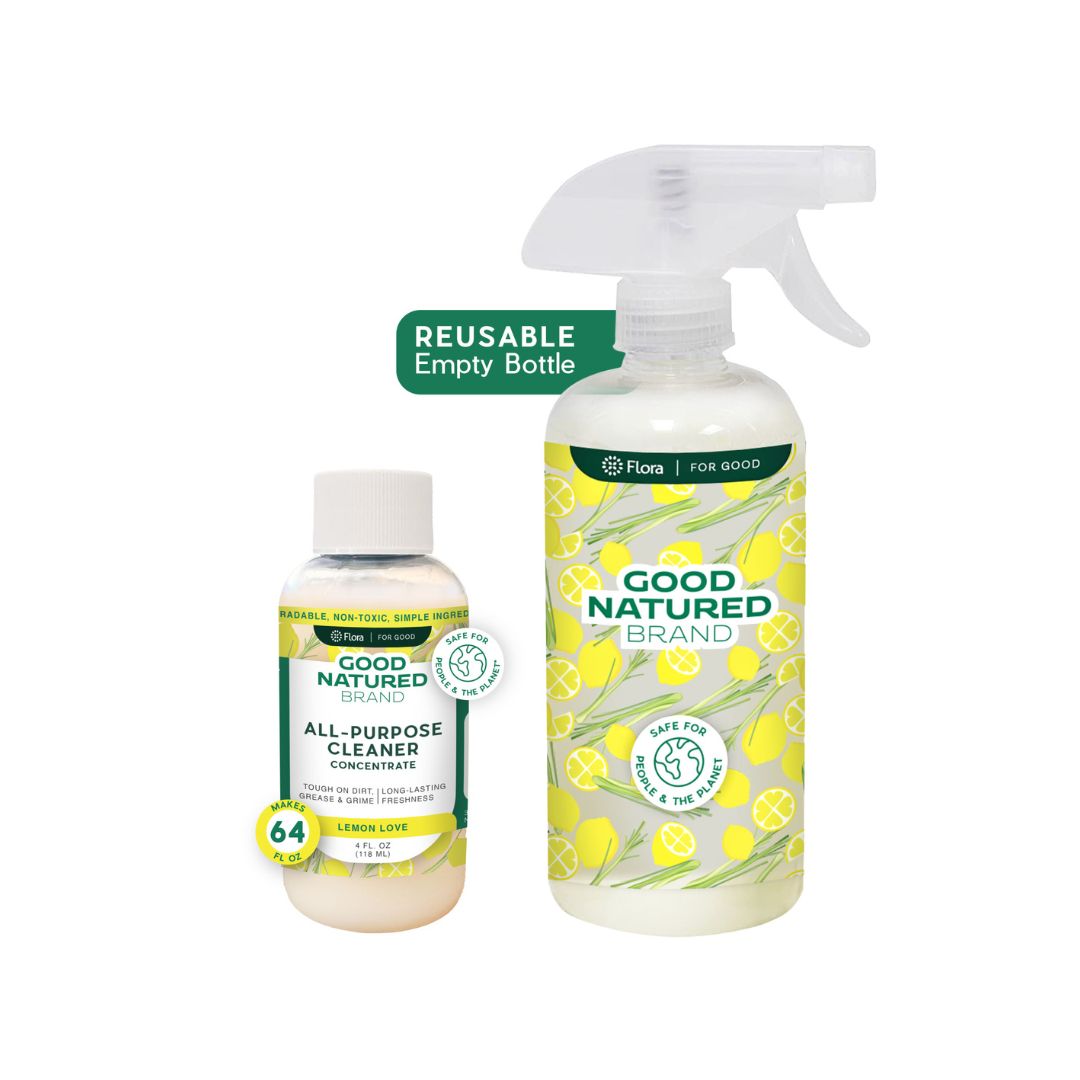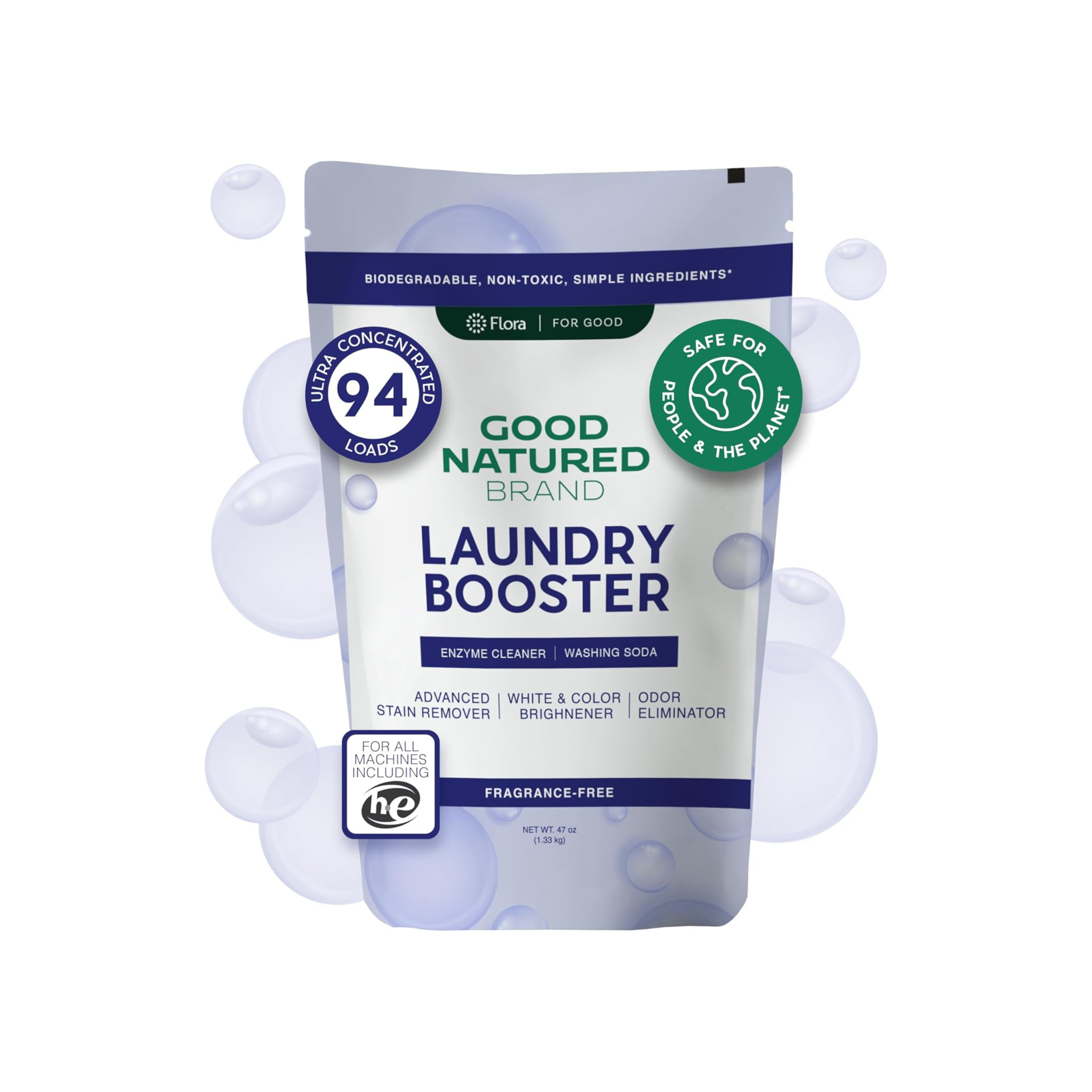Understanding Crate Training
Bringing a new puppy into your home is an exciting journey filled with moments of joy, laughter, and sometimes a bit of chaos. One of the most effective ways to help your new furry friend adjust to their new environment is through crate training. Not only does crate training provide a safe space for your puppy, but it also aids in housebreaking and can help reduce anxiety. In this guide, we will explore the ins and outs of crate training, ensuring you have all the tools and knowledge necessary to make this process smooth and effective.
What is Crate Training?
Crate training involves teaching your puppy to see their crate as a safe haven—a place where they can relax, sleep, and feel secure. The crate acts as a den-like environment, which can help puppies develop a sense of stability in their new home.
Crate training is especially beneficial for several reasons:
-
Housebreaking: Puppies naturally avoid soiling their sleeping areas. When properly introduced to a crate, they are more likely to hold their bladder and bowels until they are let out.
-
Safety: A crate provides a secure environment for your puppy when you cannot supervise them, minimizing the risk of accidents and destructive behavior.
-
Traveling: Crate training prepares your puppy for travel, making them feel more comfortable in different environments, whether it’s a trip to the vet or a family vacation.
Choosing the Right Crate
Selecting the appropriate crate is crucial for successful crate training. Here are some factors to consider when choosing a crate for your puppy:
-
Size: The crate should be large enough for your puppy to stand up, turn around, and lie down comfortably. However, if the crate is too large, your puppy may feel insecure and may be tempted to use one corner as a bathroom.
-
Type of Crate: There are various types of crates available, including wire, plastic, and soft-sided options. Wire crates are often preferred for their durability and ventilation, while plastic crates can provide a more den-like feel. Soft-sided crates may be suitable for travel but might not be ideal for strong, active puppies.
-
Features: Look for crates that come with removable trays for easy cleaning, as accidents can happen. Some crates also have dividers, allowing you to adjust the size as your puppy grows.
Preparing Your Puppy for Crate Training
Before diving into crate training, it’s essential to prepare your puppy for their new space:
-
Positive Association: Help your puppy associate the crate with positive experiences. Start by leaving the crate door open and placing treats, toys, and bedding inside. Encourage your puppy to explore the crate at their own pace.
-
Location: Position the crate in a quiet, low-traffic area of your home where your puppy can feel secure. As they become more accustomed to the crate, you can gradually move it to a more central location if desired.
Step-by-Step Guide to Crate Training
Introducing the Crate
Once your puppy is comfortable with the crate, it’s time to begin the training process. Start by encouraging your puppy to enter the crate on their own. Use treats or toys to lure them inside, and praise them when they do. This step is crucial for building a positive association with the crate.
Short Duration Training
Begin with short periods of crate time. Close the door for just a few minutes while you are nearby. Gradually increase the duration as your puppy becomes more comfortable. Remember to keep your tone positive and calm. If your puppy starts to whine or bark, wait until they are quiet before letting them out to avoid reinforcing unwanted behavior.
Establishing a Routine
Creating a consistent schedule for crate time is essential. Puppies thrive on routine, and establishing a regular crate schedule can help them feel more secure. Incorporate crate time into your daily routine, especially during meal times and when you leave the house.
Handling Crate Time Alone
As your puppy becomes more accustomed to the crate, introduce them to longer periods of alone time. This step is crucial for helping your puppy develop independence and confidence. Start with brief absences and gradually increase the time you are away.
Troubleshooting Common Crate Training Issues
Despite your best efforts, you may encounter some challenges during crate training. Here are some common issues and how to address them:
-
Barking and Whining: If your puppy barks or whines in the crate, first ensure they are not in need of a bathroom break. If they are just seeking attention, avoid letting them out until they are quiet.
-
Refusal to Enter the Crate: If your puppy is hesitant to enter the crate, try making it more inviting with their favorite toys or treats. You can also remove the door temporarily until they feel comfortable.
-
Accidents in the Crate: Accidents can happen, especially during the initial training phase. Make sure to clean the crate thoroughly with eco-friendly products like All Purpose Cleaners to eliminate any lingering odors that may encourage repeat accidents.
Eco-Friendly Cleaning Solutions for Crate Accidents
Maintaining a clean and pleasant environment is crucial during crate training. Using eco-friendly cleaning solutions can ensure your home remains safe for both you and your puppy. For any accidents that occur, consider using Carpet Deodorizers to eliminate odors and keep your spaces fresh. Additionally, using Room and Linen Sprays can help freshen the air in your home while maintaining a non-toxic environment.
Advanced Crate Training Techniques
As your puppy becomes more comfortable with their crate, it’s time to delve into some advanced techniques that can enhance the crate training experience. These methods not only solidify your puppy's understanding of the crate but also help them adapt to various situations they may encounter in life.
Using Crate Training for Travel
Crate training can be especially beneficial when it comes to traveling with your puppy. A well-trained puppy will feel secure in their crate, whether you’re taking a road trip or flying to a different location. To prepare your puppy for travel:
-
Practice Short Trips: Begin by taking your puppy on short car rides in their crate. This will help them associate the crate with positive experiences outside of the home.
-
Familiarize with Different Environments: Expose your puppy to various settings while in their crate. This can include your garage, the backyard, or even friends' homes. The more experiences they have, the more adaptable they will become.
Crate Training for Multi-Pet Households
If you have multiple pets, crate training can help manage their interactions and ensure everyone feels secure. Here are some strategies:
-
Separate Spaces: Use crates to create separate spaces for each pet. This can prevent conflicts and allow each pet to have their own quiet time.
-
Supervised Interactions: When allowing pets to interact, use the crate as a safe zone for your puppy. This way, they can retreat to their crate if they feel overwhelmed.
Incorporating Crate Training into Behavioral Training Programs
Crate training can be an essential part of a broader behavioral training program. For instance, if your puppy exhibits signs of separation anxiety, the crate can serve as a safe retreat. Here’s how to integrate crate training with other training techniques:
-
Positive Reinforcement: Always reward your puppy for entering their crate willingly. Use treats or praise to create a positive association.
-
Calm Exits and Entries: When leaving or returning home, avoid making a big fuss. This helps normalize the crate as a part of daily life.
Maintaining a Positive Crate Experience
Consistency is key to ensuring your puppy maintains a positive relationship with their crate. Here are some tips to foster this ongoing comfort:
Continuing to Create a Positive Environment
Even after your puppy has become accustomed to their crate, it’s essential to keep the environment inviting. Consider these approaches:
-
Comfortable Bedding: Ensure the crate is lined with comfortable bedding that your puppy enjoys. You can even use a Room and Linen Spray to freshen up the crate area without harsh chemicals.
-
Interactive Toys: Providing safe toys can keep your puppy entertained while they are in their crate. Chew toys or stuffed animals can help alleviate boredom, especially during longer periods.
Keeping the Crate Clean and Comfortable
A clean crate is essential for your puppy’s health and happiness. Accidents may happen, but maintaining cleanliness can prevent lingering odors:
-
Regular Cleaning: Use eco-friendly cleaners like All Purpose Cleaners to ensure your crate is sanitized and odor-free. This helps create a pleasant environment for your puppy.
-
Routine Checks: Regularly check the bedding and toys for wear and tear. Replace any items that are damaged or soiled to maintain a hygienic space.
Monitoring Your Puppy’s Behavior in the Crate
Keep an eye on how your puppy behaves in their crate. Signs of distress or discomfort may indicate that adjustments are needed. Here’s what to look for:
-
Anxiety Signals: If your puppy appears anxious or restless in the crate, it may be necessary to reassess the crate’s location or the amount of time they are left inside.
-
Playful Behavior: If your puppy enjoys their crate and often chooses to enter it voluntarily, this is a positive indication of their comfort level.
Celebrating Successes in Crate Training
As you progress through the crate training process, take the time to celebrate your puppy's achievements. Recognizing milestones can reinforce their positive experiences and solidify their learning.
Recognizing Milestones in Crate Training
Some accomplishments to celebrate include:
-
Successfully spending time in the crate without distress.
-
Keeping the crate clean and accident-free.
-
Entering the crate on command or voluntarily.
Rewarding Your Puppy for Their Progress
Using treats and praise to reward your puppy for their success can greatly enhance their training experience. Here are some ideas for rewards:
-
Treats: Use healthy, puppy-friendly treats as rewards when your puppy enters the crate without hesitation.
-
Praise: Verbal praise and affection can go a long way in reinforcing good behavior. Your puppy will thrive on your encouragement!
Conclusion
Crate training can be an incredibly beneficial experience for both you and your puppy. By following these advanced techniques and maintaining a positive environment, you can ensure that your puppy learns to love their crate as a safe haven. Remember to celebrate their successes and keep the training process enjoyable.
For more insights into eco-friendly pet care and training tips, explore our blog at Good Natured Brand. And don’t forget to check out our range of products, including Carpet Deodorizers for odor control, Laundry Powders for cleaning pet bedding, and All Purpose Cleaners for a safe and clean home environment.
With patience, consistency, and the right tools, crate training can set the foundation for a well-behaved and happy puppy. Happy training!


















